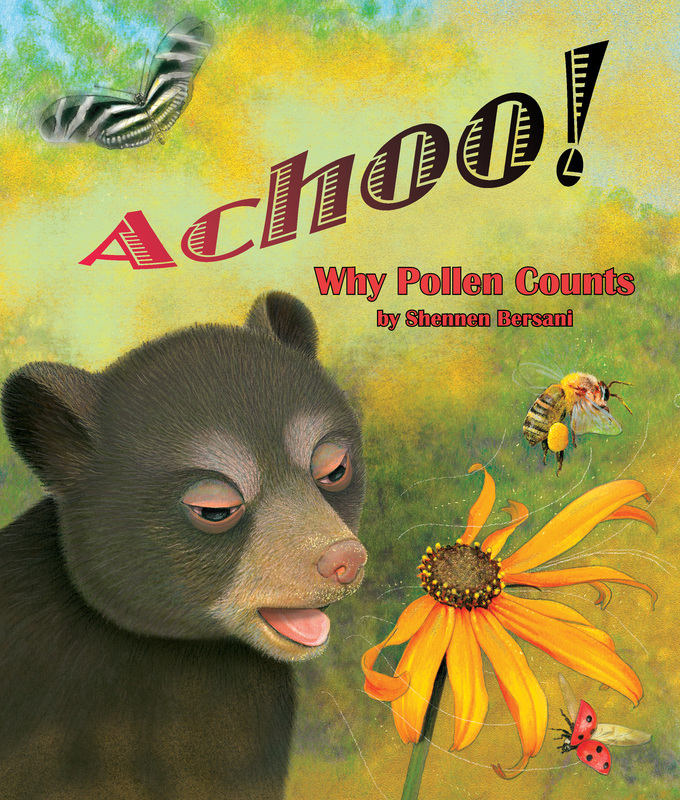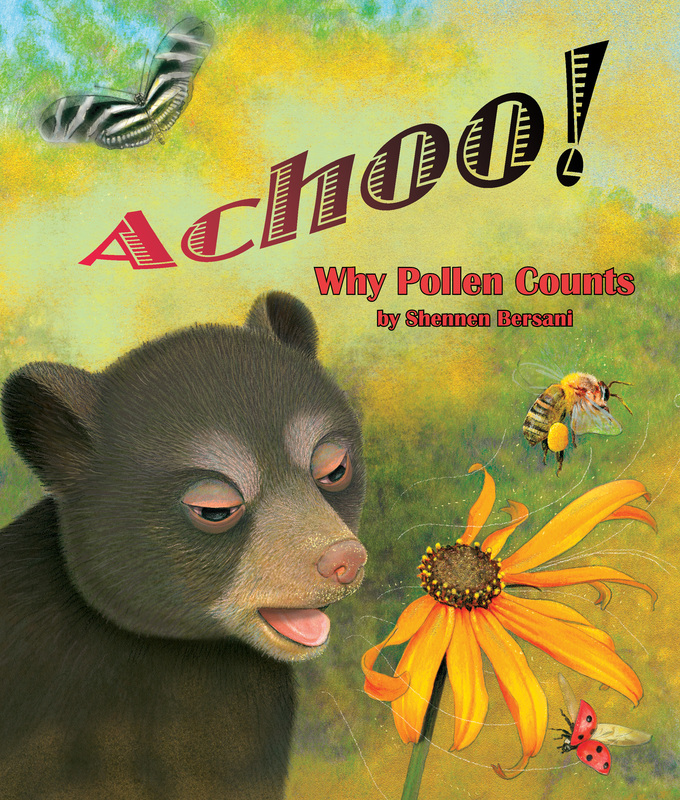http://agclassroom.org/teacher/matrix/resources.cfm?rid=336&search_term_cr_cr_lp=Pollen
|
Teach your children about the importance of pollen! Achoo! Why Pollen Counts has been selected to be a part of the National Agricultural Literacy Curriculum Matrix as a Companion Resource. Chosen by National Agriculture in the Classroom, Achoo! Why Pollen Counts is a picture book teaching children about pollen, the pollination process, and bees. The story follows a baby bear who is allergic to pollen. He learns how pollen is used by other insects and animals such as spiders, butterflies, honey bees, hummingbirds, and more. This book can be added as an extension for lessons about flowers and pollination to help students see additional benefits and uses of pollen. For more information visit: www.agclassroom.org or
http://agclassroom.org/teacher/matrix/resources.cfm?rid=336&search_term_cr_cr_lp=Pollen
1 Comment
LET IT SNOW! Do you know what is at the heart of each snowflake? How about a small speck of pollen, or dust? ...and I bet you didn't think there was any pollen out in the winter! But don't take my word for it, I did my research for Achoo! Why Pollen Counts. Let's have NOAA - NATIONAL OCEANIC AND ATMOSPHERIC ADMINISTRATION 'United States Department of Commerce' explain it. Taken from: http://www.noaa.gov/features/02_monitoring/snowflakes_2013.html
How do snowflakes form?The science behind snow Q: How are snowflakes formed? A: A snowflake begins to form when an extremely cold water droplet freezes onto a pollen or dust particle in the sky. This creates an ice crystal. As the ice crystal falls to the ground, water vapor freezes onto the primary crystal, building new crystals – the six arms of the snowflake. That’s the short answer. The more complex explanation is this: These ice crystals that make up snowflakes are symmetrical (or patterned) because they reflect the internal order of the crystal’s water molecules as they arrange themselves in predetermined spaces (known as “crystallization”) to form a six-sided snowflake. Ultimately, it is the temperature at which a crystal forms — and to a lesser extent the humidity of the air — that determines the basic shape of the ice crystal. Thus, we see long needle-like crystals at 23 degrees F and very flat plate-like crystals at 5 degrees F. The intricate shape of a single arm of the snowflake is determined by the atmospheric conditions experienced by entire ice crystal as it falls. A crystal might begin to grow arms in one manner, and then minutes or even seconds later, slight changes in the surrounding temperature or humidity causes the crystal to grow in another way. Although the six-sided shape is always maintained, the ice crystal (and its six arms) may branch off in new directions. Because each arm experiences the same atmospheric conditions, the arms look identical. Q: So, why are no two snowflakes exactly alike? A: Well, that’s because individual snowflakes all follow slightly different paths from the sky to the ground —and thus encounter slightly different atmospheric conditions along the way. Therefore, they all tend to look unique, resembling everything from prisms and needles to the familiar lacy pattern. _______________________________________________________________________ Be snowstorm-ready! Read "Weathering the Winter Season" for our best tips, and visit weather.gov for your local winter forecast! Posted Dec. 10, 2013 There you have it! There is pollen out there in that snow! This fact - and so much more - is packed into my book. Teach your children about the importance of pollen, Achoo! Why Pollen Counts, written and illustrated by Shennen Bersani. |
AuthorShennen Bersani, author and illustrator of Achoo! Why Pollen Counts, Wild Fathers, and the illustrator of 40 other children's picture books. Archives
July 2024
Categories |


 RSS Feed
RSS Feed